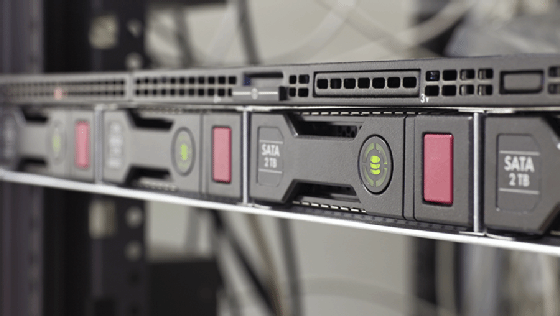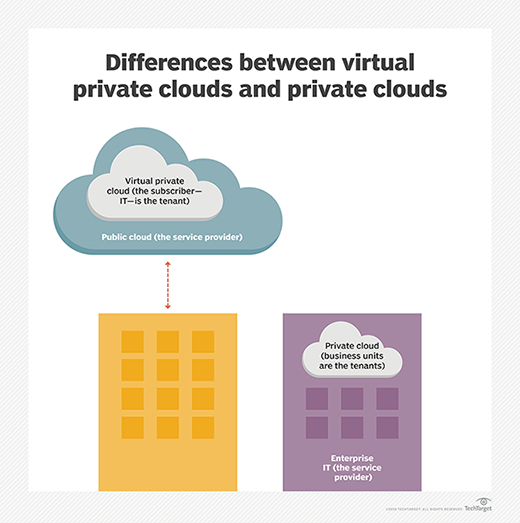pizza box server
What is a pizza box server?
The term "pizza box server" refers to the shape of a computer server enclosed in a rectangular and horizontally arranged chassis and often installed in a rack with similar servers. A pizza box is roughly the same size as one of these servers, hence the name.
A pizza box server is designed to be small and compact. It is so named because it is rectangular in shape and enclosed in a 1 rack unit (1U) pizza box-style case. The server's case closely resembles the thin size (approx. 1.5 inches) and shape of a pizza box; its height is roughly equivalent to a U which is 1.75 inches. Compared to 2U to 4U servers, a pizza box server occupies less space and is easier to move around. It also uses less power than larger form server alternatives.
Pizza box servers are often used in data centers because they offer high computing power and are stackable within a single rack. Approximately 30 to 40 pizza-box size servers can be stacked per rack if the data center has enough power and network switch ports.

Evolution of pizza box servers
In 1991, Data General's Aviion Unix server was the first to be advertised as a pizza box server. The form factor became popular for use in data centers due to its computing power and stackability. Pizza boxes also became a common form factor for industrial applications where space, rack room and density were limited.
Over the years, tower and minitower server designs have also become very popular. But pizza box servers are still in use in data centers because they provide a low-cost option compared to traditional rack-mounted servers.
What are advantages of pizza box servers?
Due to their compact size, pizza box servers are ideal for space-constrained data centers. They are also cheaper than traditional rack-mounted servers and consume less power than normal 2U to 4U servers, which can also reduce a large data center's running costs.
Another advantage of pizza box servers is that they are easier to maintain and handle, even with a smaller IT staff. They also generate less heat and might be able to function properly without elaborate cooling systems. Finally, they are generally quieter than larger servers, as long as too many are not stacked together in a single cabinet.
All in all, pizza box servers are not as powerful or scalable as traditional servers; however, they offer a low-cost, low-power alternative for many applications and a variety of environments.
What are disadvantages of pizza box servers?
Pizza box servers may have certain disadvantages compared to full-size 2U to 4U rack-mounted servers. One shortcoming is that they have fewer CPU sockets and memory slots, which makes them less powerful and expandable than larger, rack-mounted servers. They also have fewer disk drive and adapter card slots, so they might be more difficult to upgrade than traditional servers. Some pizza box servers don't support component hot-swapping -- a feature that traditional servers usually offer and that might be required by some organizations' procurement standards.
Another drawback is that pizza box servers are not suitable for all virtualization environments, especially where hypervisors are extensively used. In these cases, organizations often choose larger standard servers and blades, which provide the ability to pack multiple virtual machines (VMs) onto physical hosts. Also, blades provide higher VM density, and larger 2U to 4U servers offer higher capacities for memory and greater CPU power compared to smaller, less dense pizza box servers.
Where can pizza box servers be used?
Pizza box servers are suitable for use in small businesses, home offices and large enterprise data centers. Since the late 1990s, these servers have become key components for data centers and enterprise applications where rack space and density are important factors.
They are also used in private cloud environments because they are easy to replace when a server fails. Databases and bare-metal setups can also use pizza box servers.

What are alternatives to pizza box servers?
While pizza boxes support a wide range of applications and use cases, they are not suited for all applications so alternatives should be considered.
One alternative is a full-size rack-mounted server, which is more powerful than a pizza box server. The drawback is that it is more expensive and takes up more space in a data center. Blade servers are another alternative. These servers are similar to rack-mounted servers, albeit smaller and often more expensive.
Tower servers are more powerful than pizza box servers. As the name suggests, the tower form factor means they are not stackable. In addition, they are larger and more expensive. On the other hand, mini servers are smaller than pizza box servers, although they offer similar features and computing power.
Take a look at this rundown of server hardware vendors and server options, see six ways to increase energy efficiency in data centers and consider the differences between rack versus blade servers.








